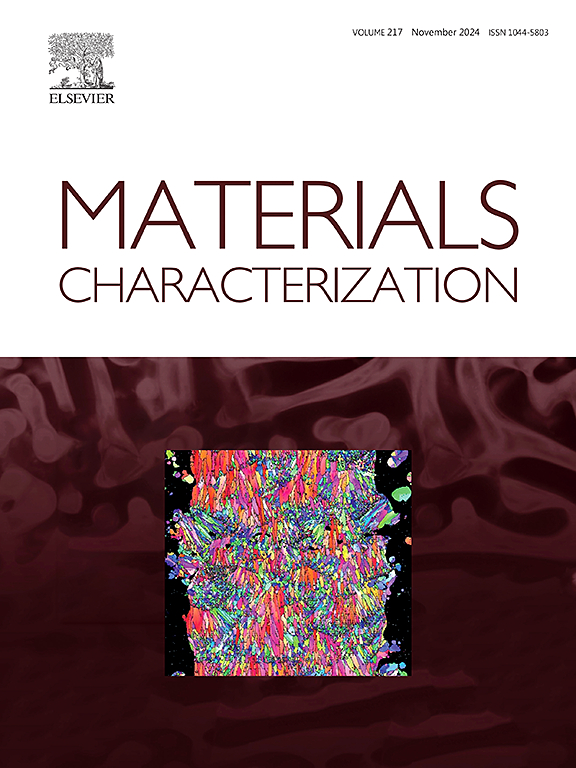A cost-effective model for synergistic effects of microstructure and crystallographic texture on hydrogen-induced crack growth and corrosion rates in pipeline steels
IF 4.8
2区 材料科学
Q1 MATERIALS SCIENCE, CHARACTERIZATION & TESTING
引用次数: 0
Abstract
This study proposes a Cost-Effective model based on microstructure, crystallographic texture, and hydrogen (H) diffusion to evaluate H-damage in pipeline steels. H-crack growth and corrosion rates, measured using ultrasonic inspection and a Gamry electrochemical setup, were correlated with microstructure and texture. Results show that smaller ferrite grain size, lower density of co-incidence site lattice boundaries (CSLB), higher densities of geometrically necessary boundaries (GNB) and random high-angle grain boundaries (RHAGB), and higher overall stored energy (EAve) in texture fibers increase H-trap sites and reduce effective H-diffusivity, contributing to higher H-crack growth rates. Conversely, these same factors enhance corrosion resistance by improving passivation. Secondary phases have a detrimental effect on H-crack growth and corrosion resistance, varying with size, continuity, and volume fraction of phases. The proposed model, using hyperparameter tuning, quantifies the synergistic effects of microstructure, texture, and H-diffusion on H-damage and highlights the role of ferrite grain size in mitigating H-damage in pipeline steels. Finally, finite element (FE) analysis of grain structures provided supporting observations.
求助全文
约1分钟内获得全文
求助全文
来源期刊

Materials Characterization
工程技术-材料科学:表征与测试
CiteScore
7.60
自引率
8.50%
发文量
746
审稿时长
36 days
期刊介绍:
Materials Characterization features original articles and state-of-the-art reviews on theoretical and practical aspects of the structure and behaviour of materials.
The Journal focuses on all characterization techniques, including all forms of microscopy (light, electron, acoustic, etc.,) and analysis (especially microanalysis and surface analytical techniques). Developments in both this wide range of techniques and their application to the quantification of the microstructure of materials are essential facets of the Journal.
The Journal provides the Materials Scientist/Engineer with up-to-date information on many types of materials with an underlying theme of explaining the behavior of materials using novel approaches. Materials covered by the journal include:
Metals & Alloys
Ceramics
Nanomaterials
Biomedical materials
Optical materials
Composites
Natural Materials.
 求助内容:
求助内容: 应助结果提醒方式:
应助结果提醒方式:


